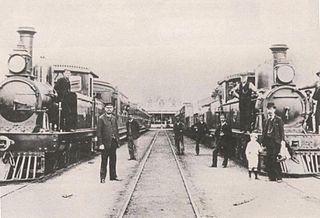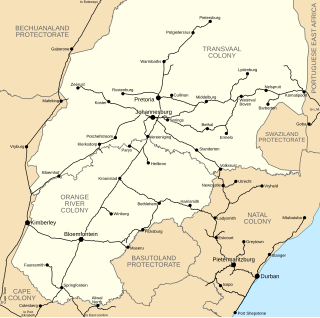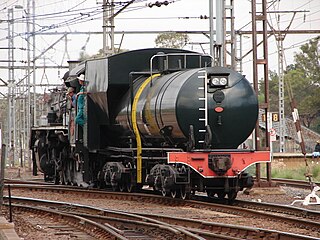Under the Whyte notation for the classification of steam locomotives by wheel arrangement, a 4-8-2+2-8-4 is a Garratt articulated locomotive consisting of a pair of 4-8-2 engine units back to back, with the boiler and cab suspended between them. The 4-8-2 wheel arrangement has four leading wheels on two axles, usually in a leading bogie, eight powered and coupled driving wheels on four axles and two trailing wheels on one axle, usually in a trailing truck. Since the 4-8-2 type is generally known as a Mountain, the corresponding Garratt type is usually known as a Double Mountain.

The South African Railways Class 23 4-8-2 of 1938 was a steam locomotive.

The South African Railways Class 21 2-10-4 of 1937 was a steam locomotive.
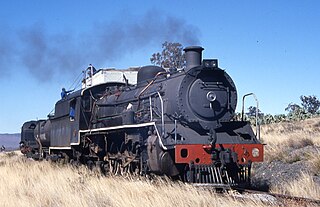
The South African Railways Class 19B 4-8-2 of 1930 was a steam locomotive.

The South African Railways Class FC 2-6-2+2-6-2 of 1925 was an articulated steam locomotive.

The South African Railways Class GM 4-8-2+2-8-4 of 1938 was an articulated steam locomotive.

The South African Railways Class GMA 4-8-2+2-8-4 of 1954 was an articulated steam locomotive.

The South African Railways Class GO 4-8-2+2-8-4 of 1954 was an articulated steam locomotive.

The South West African 2-8-0 of 1911 was a steam locomotive from the German South West Africa era.

The South African type XE1 tender was a steam locomotive tender from the pre-Union era in the Cape of Good Hope.
The South African type TM tender was a steam locomotive tender from the pre-Union era in the Natal Colony.
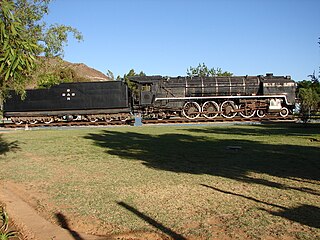
The South African type EW tender was a steam locomotive tender.
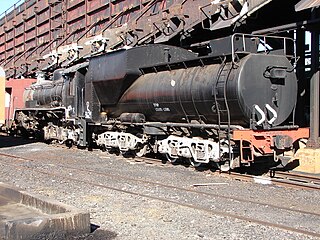
The South African type MY tender was a steam locomotive tender.
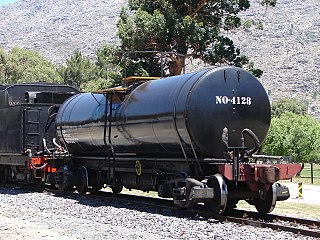
The South African type X-20 water tender was a Garratt steam locomotive tender.
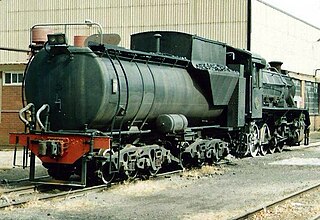
The South African type MY1 tender was a steam locomotive tender.

The South African type CZ tender was a condensing steam locomotive tender.

The South African type EW2 tender was a steam locomotive tender.

The South African type EW1 tender was a steam locomotive tender.
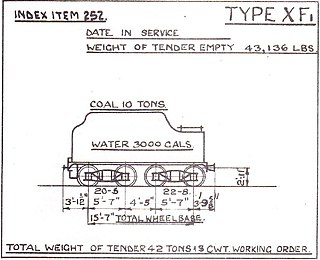
The South African type XF1 tender was a steam locomotive tender.





